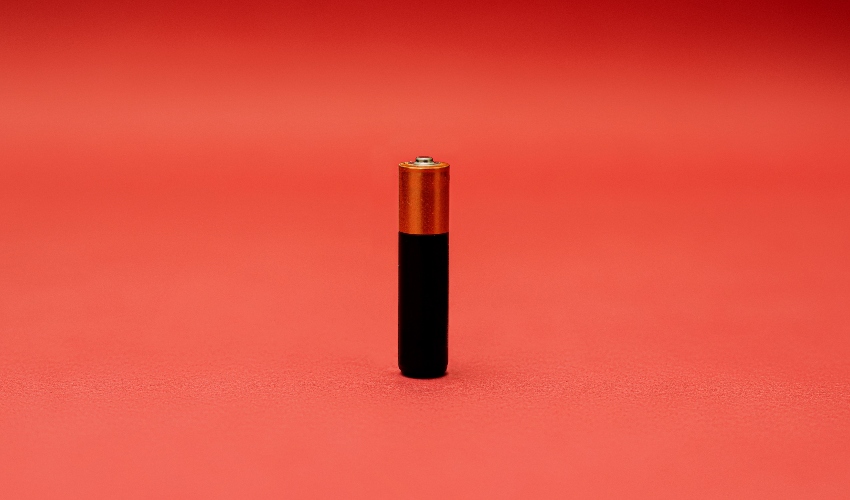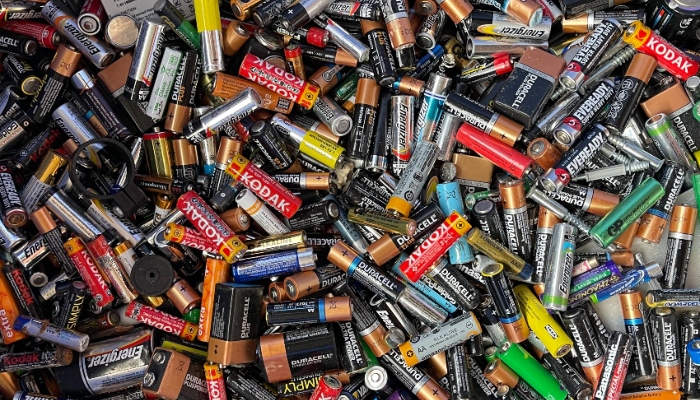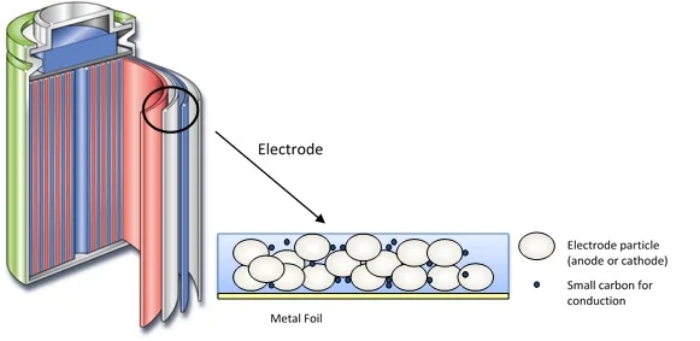Researchers Develop More Sustainable Lithium-Ion Batteries with 3D Printing

Researchers from the University of Glasgow have a developed a novel type of 3D printed battery which relies on electrodes made from vegetable starch and carbon nanotubes. The battery could offer a more environmentally friendly and higher capacity source of power for devices such as phones. The team of engineers focussed their energies on developing an alternative to lithium-ion batteries, which was both more sustainable as well as capable of storing delivering power more efficiently.
Dr Shanmugam Kumar, lead researcher, commented: “Lithium-ion batteries are increasingly common in everyday life and are likely to continue to increase in ubiquity as we move towards more electrification of transport and a more sustainable world. However, lithium-ion batteries have their own sustainability issues, so it’s important that we look to find new ways to make them better and more environmentally friendly.” As such the team incorporated polylactic acid, a biodegradable material processed from the starch of corn, sugar cane, and sugar beet, thus increasing the battery’s recyclability.

Improperly disposed batteries contribute to water and air pollution. (Photo Credit: John Cameron on Unsplash)
The durability and amount of energy current of traditionally manufactured lithium-ion batteries is limited by the thickness of their electrodes. This is because thicker electrodes restrict the diffusion of lithium ions and decreases their strain tolerance making them more prone to cracking. Once an electrode breaks, the battery can no longer function. As such, the researchers sought to improve the balance between the size and surface area of electrodes. This is where additive manufacturing comes in.
Dr. Kumar explained, “The 3D printing process we’ve used in this research gives us a remarkable amount of control over the electrodes’ porosity, allowing us to engineer very precisely a new metamaterial capable of addressing some of the shortcomings of the current generation of lithium-ion batteries. We’ve created a battery with a high specific capacity and areal capacity with excellent cyclability.” Thanks to 3D printing the team were able to introduce tiny nanoscale and microscale pores into their design, meaning that the electrodes had a greater surface area compared to solid electrodes of the same external dimensions.

Structure of a typical lithium-ion battery. (Photo Credit: Azo Materials)
“These are promising initial results, and we’re keen to continue to explore the possibilities that this kind of microarchitected materials offer to create better, more recyclable batteries for future consumers.”, Dr. Kumar concluded. If you want to find out more about these recyclable ‘veggie’ batteries, you can find the full paper, entitled ‘Additive manufacturing enabled, microarchitected, hierarchically porous polylactic- acid/Lithium iron phosphate/carbon nanotube nanocomposite electrodes for high performance Li-Ion batteries’, here.
*Cover Photo by Danilo Alvesd on Unsplash
What do you think about this recyclable ‘veggie’ battery? Let us know in a comment below or on our Facebook, Twitter and LinkedIn pages! Sign up for our free weekly Newsletter here, the latest 3D printing news straight to your inbox!






